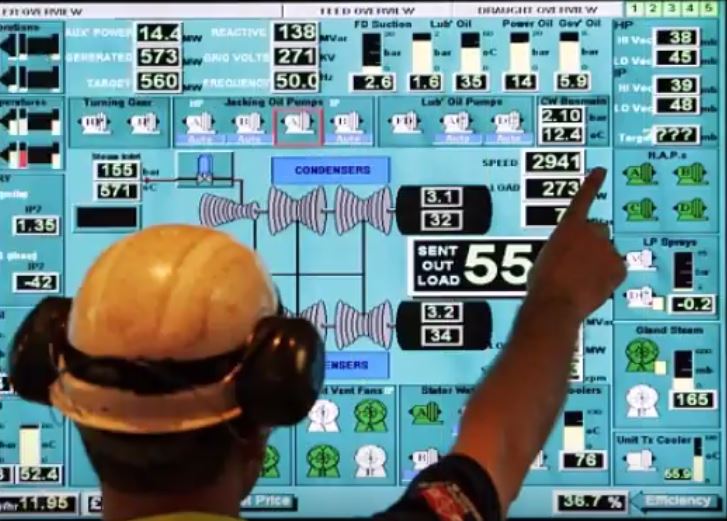The grid was not built to run on “renewables”, and this simple fact is becoming clear at PJM, which is America’s biggest Regional Transmission Operator. To mix metaphors, the renewables stampede is swamping PJM, so the stampede is bogging down. This is good news.
By way of background, PJM once stood for Pennsylvania, New Jersey, and Maryland. It was a voluntary utility group formed after the huge blackout in the late 1960s. Today it manages the grid as far south as Virginia and west to Illinois, serving about 65 million people in 13 states, including me. Central megalopolis if you like.
PJM’s key role in this story is called “interconnection”. Any utility or independent power producer can build a wind or solar generating facility, but PJM has to approve its connection to the grid, without which it is useless.
Before approving a new connection PJM rightly conducts a grid impact analysis. This means modeling the operation of the grid with the new generation active, to see what problems it might cause. They also determine what transmission upgrades will be needed and bill the owner of the generator accordingly. This is basic grid management.
The renewables stampede has swamped PJM to the point where they have stopped approving new connections. The numbers are indeed staggering.
As of March PJM reportedly had an overwhelming 2,649 active projects in its generation interconnection queue. Almost all of these are wind and solar, and many are small.
Even more ridiculous is the amount of generation involved. PJM’s total installed electric generation capacity is approximately 192,000 MW. A lot of this is seldom used minor stuff as they only peak around 150,000 MW, which is just a few times a year.
In contrast, the stampede queue totals around 259,000 MW or nearly double the present peak need. Adding this monstrosity to their present capability gives an incredible 451,000 MW.
There is simply no way to assess the potential impact of this much intermittent nonsense. PJM is used to assessing the incremental addition of small numbers of reliable power plants. Most of these are relatively large, built to serve specific loads, and located near suitable transmissions.
In contrast, this glut of renewables is mostly located where the developer can find the land to build on. Neither need nor transmission is considered. In fact, since the land required is large, they tend to be located very far from urban load centers.
The first thing PJM did was to throw up their hands. They declared a two-year moratorium on approving new connections while they considered how to deal with this impossible stampede. Several steps are now being tried over a four-year go-slow trial period.
First, they are restructuring the connection application queue from first come, first served, to taking those projects that look ready-to-build first. Second, they are trying to bundle groups of these projects into clusters for purposes of assessment.
Whether these steps work remains to be seen, but in the interim, connection approvals are likely to be slow, as they should be. The grid does not need a stampede.
The transmission upgrade issue also looms large. According to one study, average interconnection costs for active projects rose from $29,000/MW to $240,000/MW between 2017 and 2022, an eightfold increase.
This huge jump is due to the remoteness of renewables. While the transmission upgrade costs for gas-fired power plants run around $24,000/MW the cost for renewables ranged from $136,000 to a whopping $335,000, or fourteen times gas.
Not surprisingly, these huge upgrade costs have rendered many wind and solar projects financially unworkable, which is how it should be. Those promoting the so-called energy transition have ignored the need to rebuild the grid along the way.
I am sure that PJM’s problems are universal. The renewables stampede is both costly and unmanageable since it requires rebuilding much of the power grid. The actual engineering is going to slow it way down, and that is a good thing.
